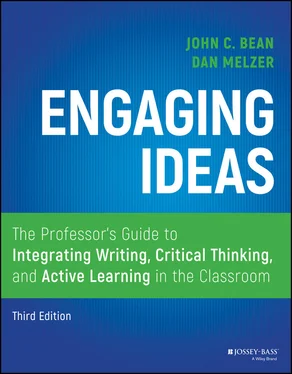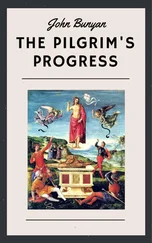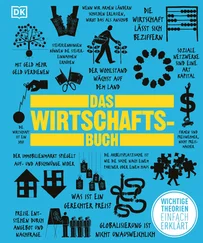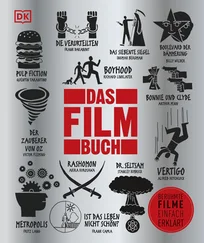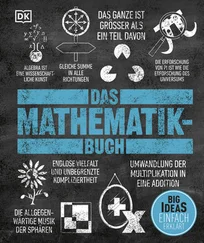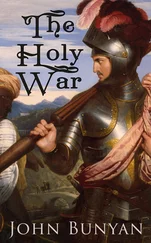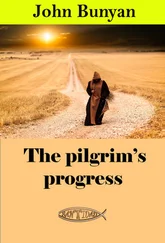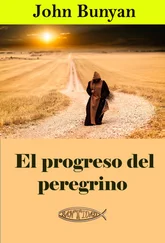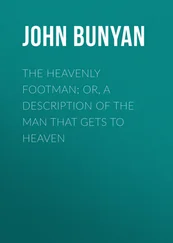A key research finding is that students' ability to transfer learning from first‐year courses into the major can be accelerated by intentional teaching of disciplinary genres. This research shows how disciplinary genres embody disciplinary ways of thinking, reveal disciplinary purposes, and enable disciplinary ways of reaching targeted audiences (Bawarshi, 2003; Goldschmidt, 2017; Wardle, 2009). Discipline‐specific genres—such as experimental reports, ethnographies, nursing care plans, marketing proposals, business memos, museum exhibit brochures, or interpretive arguments in literature or art—often differ in significant ways from the genres students learned in first‐year composition. Transfer can be facilitated if an instructor simply points out key similarities and differences between a previously learned genre and a new, unfamiliar one. As an example, consider how a psychologist might explain the differences between an APA empirical report and the kind of writing typically done in first‐year composition.
In your first‐year composition course, you might have been told to put your thesis statement in the introduction. But note that in the APA report the “Introduction” usually presents a hypothesis‐to‐be‐tested rather than a thesis statement. You don't get to a thesis statement until the “Discussion” section.
In your composition course, the evidence supporting your thesis often comes from your analysis of readings or cultural artifacts. But in an experimental report, the evidence comes from the original research described in the report. The “Methods” section explains how the research was conducted and the “Findings” section shows the results of the research.
The “Discussion” section is the one closest to the kind of argumentative writing you might have done in your composition course. It often begins with a thesis statement declaring that the hypothesis presented in the introduction “was confirmed/was partially confirmed/was not confirmed.” The rest of the “Discussion” section uses data from the “findings” to support this thesis.
In your first‐year writing course, you may have used the Modern Language Association documentation system. Note how the APA system differs. It foregrounds the date of publication and uses only initials for first and middle names of the author(s). What does this difference tell you about scientific ways of thinking? Why do scientists want to know the date of an article but not the full names of the authors?
Explanations such as these enable students to value prior learning while transferring it to a new context. Students see that thesis statements are still important, that evidence is still important, that documentation is still important, but that these features show up in different ways in different genres.
This emphasis on transfer of learning has caused many writing programs to revise their first‐year composition courses to better enable transfer. Drawing on the teaching for transfer research, these “writing about writing” courses teach rhetorical thinking that helps students move from one genre to another (Adler‐Kassner and Wardle, 2015; Downs and Wardle, 2014; Yancy, Robertson, and Taczak, 2014). For example, in the writing about writing composition program at the University of California, Davis, that Dan directs, students conduct primary and secondary research, practice a variety of citation style conventions beyond MLA, write IMRD format research papers, and rhetorically analyze genres from various disciplinary discourse communities. For fuller explanation of the concept of academic moves and disciplinary genres, see chapter 3on helping students think rhetorically, chapter 4on designing formal writing assignments, and chapter 10on teaching undergraduate research.
Give Students Frequent Problem‐Solving Tasks Requiring Writing or Discussion
Students grow as critical thinkers in courses that regularly ask them to propose and justify solutions to subject‐matter problems. To accomplish this end, instructors can design and sequence homework tasks or in‐class activities that engage students with the course's big questions. Imagine yourself creating a big file of good problems or questions related to your course. Your goal is to fill that file with dozens of good questions for students to think about. You can then pull questions from your file to engage students with any number of low‐stakes activities—in class freewrites, thought letters, one‐paragraph microthemes, discussion board posts, small‐group tasks, whole‐class discussion starters, classroom debate topics—or occasional high‐stakes activities such as a formal writing assignment or major research project. Students will begin to see how to join the conversations of your discipline. The rest of the chapters in this book discuss numerous strategies for integrating such teacher‐designed questions into a course.
Teaching Thinking through Teaching Revision
Composition research confirms that most students do not revise their essays, as the term revise is understood by expert writers. Of course, students think they are revising, but usually they are merely editing—checking spelling, making word substitutions, tinkering with sentences, deciding on punctuation. (Classic early studies of the revising behavior of novices versus experts include Beach, 1976; Faigley and Witte, 1981; Flower, 1979; and Sommers, 1980. More recent works on teaching revision include Booth, Colomb, and Williams, 2008; Gopen, 2004; Harris, 2006; and Lindenman, Camper, Dunne Jacoby, and Enoch, 2018.)
What our students need to understand is that for expert writers the actual act of writing causes further discovery, development, and modification of ideas. If one examines the evolving drafts of an expert writer, one sees the messy, recursive process of thinking itself as new ideas emerge during the drafting process. Expert writers do extensive rewriting, the final products often being substantially different from the first drafts.
The foregoing description differs from an older positivist model of the writing process that many of us of a certain age were taught in school. The old model looked like this:
A Positivist Model of the Writing Process
1 Choose a topic.
2 Narrow it.
3 Write a thesis.
4 Make an outline.
5 Write a draft.
6 Revise.
7 Edit.
This description presupposes what Elbow (1973) calls the “think, then write” model of composing in which writers discover, clarify, and organize their ideas before they start to write. But it seriously misrepresents the way most academic writers actually compose. For example, few scholars report starting an article by choosing a topic and then narrowing it. Rather, academic writers report being gradually drawn into a conversation about a question that does not yet seem resolved. The writer‐to‐be finds this conversation somehow unsatisfactory; something is missing, wrongheaded, unexplained, or otherwise puzzling. Similarly, having focused on a problem, only rarely does a skilled academic writer write a thesis statement and outline before embarking on extensive exploration, conversation, correspondence with colleagues, and even, on some occasions, writing one or more drafts. A thesis statement often marks a moment of discovery and clarification—an “aha!” experience (“So this is my point! Here is my argument in a nutshell!”) rather than a formulaic planning device at the very start of the process.
Presenting students with this problem‐driven model of the writing process has a distinct advantage for teachers. It allows them to link the teaching of writing to their teaching the modes of inquiry and discovery in their disciplines. Their goal is to get students personally engaged with the kinds of questions that propel writers through the writing process. Thus the writing process itself becomes a powerful means of active learning in the discipline.
Читать дальше
